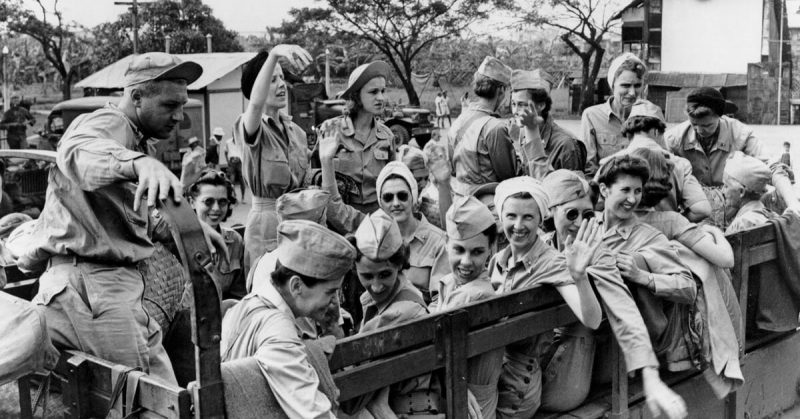Madge Addy was as secretive after World War II as she was during the conflict as one of Britain’s top spies in occupied France.
Historians are putting the pieces together to learn more about the person seen by her neighbors as a hairdresser in a peaceful Manchester suburb.
Married three times, her real name was Marguerite. She would play an instrumental role in the founding one of the biggest escape routes for Allied troops in Western Europe. Manchester council hopes to recognize her with a blue plaque as they attempt to learn more about the super spy.
Marguerite was born in Chorlton at the beginning of the century and served as a nurse in Spain during the country’s civil war, and then went on to become an agent for the government. Research reveals she was recognized with an OBE for her work as a spy. Sources suggest she courted death to move secret documents under Nazi noses.
Historians Andrew Simpson and Chris Hall have been researching her life.
In 1937, she arrived in Spain, becoming the head nurse in a monastery’s hospital in Castile, penning letters to the Chairman of the North Manchester Spanish Medical Aid Committee to assist with campaign appeals for medical supplies. One of five sisters and brothers, she is recognized with rescuing lives and treating many of the wounded and sick prior to capture and imprisonment as a foreigner when the war ended.
The British government reportedly petitioned for her release, and she was the last remaining nurse to leave Spain.
She then married Mr. Holst, a Norwegian, and later worked for the ‘Special Operations Executive’ in France with MI9, a war office department. Not much is known about her life after the war. But experts are keenly interested in her later years.
Her bravery included traveling as a Norwegian subject on German civilian flights and forwarding secret messages sewn into her coat lining. As an English woman operating in enemy-occupied territory, she would have been aware of the penalty if captured, said historian Andrew Simpson.
She died 47 years ago, but the researchers cannot locate an obituary. Even although Addy faced some very perilous missions in both France and Spain, she seems to have stayed away from the public eye. Letters she sent home from Spain have surfaced in which she tried to raise money for the Republican cause, but research located only one photo of her taken in 1938.
Women and men numbering in the hundreds worked as undercover operatives in European-occupied countries filing reports on armament and troops movements, as well as working with the local resistance.
Addy also assisted MI9 in establishing the ‘Garrow-Pat O’Leary escape line’, which started in Marseille vacating troops from French Mediterranean beaches with a ‘Q’ ship and later escorting escapees across the Pyrenees Mountains, Mirror reported.
She was awarded the OBE, date unknown, for her efforts in France.
Very little is known about her after the war although it’s believed she wed for a third time in 1955. She died in 1970. Currently, historians have not been able to locate where she lived in Chorlton in her later years, and her name is not on any electoral rolls around that time period.
